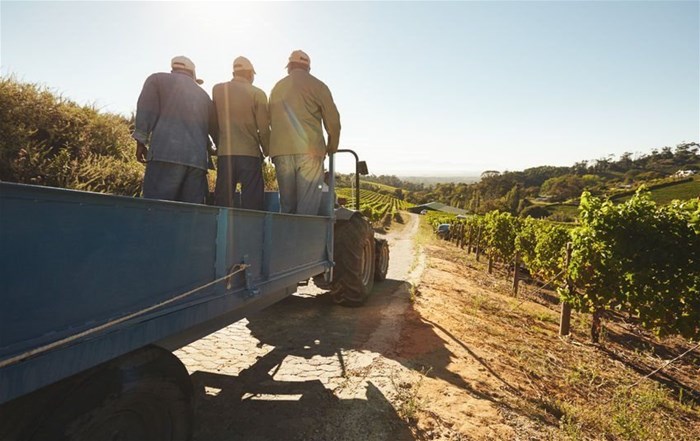
Moreover, the second quarter of each year is a period of higher activity in most agricultural industries, with harvesting underway, which requires increased labour. Notably, the scenario of higher agricultural commodity prices in a year of large harvests also boosted farmers’ incomes and therefore, could retain and increase employment, albeit seasonally.
From a regional perspective, except for the Western Cape and Mpumalanga, agricultural employment increased in the second quarter of 2021 compared with the corresponding period in 2020. Again, this can be explained by the need for more labour during a harvest period of a bumper crop. The decline in employment in the Western Cape can be explained by the fact that the province’s wine and wine grape industry was hard hit by the lockdown regulations at various intervals in 2020 and this year.
While the second quarter’s 185,000 jobs in the Western Cape is not at its lowest compared to the first quarter’s 136,000, it is still well below the five-year average of 209,000 jobs. For Mpumalanga, it is unclear what might have led to an 11% year-on-year decline in agricultural employment as the province had a vibrant field crop and horticulture season, both of which are generally labour-intensive. Perhaps the decline in forestry and game industry jobs might explain the province’s farm labour dynamics.
Overall, the employment data remain of interest following the 16,1% increase in the farming minimum wage to R21,69/hour. At the time, various commodity groups indicated that the increase in the minimum wage would cause a further squeeze on cash flow and negatively influence hiring decisions. But the actual effects of the current minimum wage increase on jobs will only be apparent with a lag.
We will continue to monitor the data. Fundamentally, the agricultural economy is on a solid footing for a second consecutive year. In 2020, the sector’s gross value added expanded by 13,1% year-on-year. This year will likely also be another year of good performance, with the Bureau for Food and Agricultural Policy (BFAP) forecasting a 7% year-on-year growth.

AgriOrbit is a product of Centurion-based agricultural magazine publisher Plaas Media. Plaas Media is an independent agricultural media house. It is the only South African agricultural media house to offer a true 360-degree media offering to role-players in agriculture. Its entire portfolio is based on sound content of a scientific and semi-scientific nature.
Go to: http://agriorbit.com/